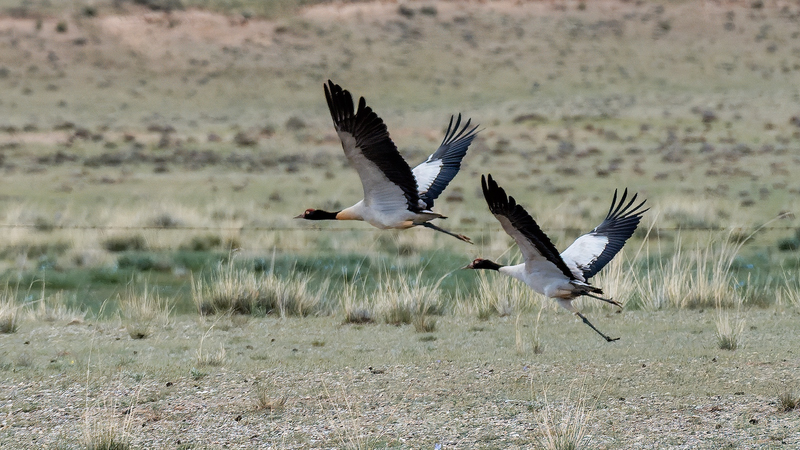Returning Cranes: A Conservation Triumph in Qinghai
Nestled in the high-altitude wetlands of Qinghai Province on the Chinese mainland, Xining Wildlife Park has long drawn visitors eager to spot snow leopards, Pallas’s cats and Chinese mountain cats. Yet behind the scenes, its dedicated team has been quietly writing a new chapter for the black-necked crane.
Once at risk from habitat loss and human disturbance, these elegant birds are staging a comeback thanks to the Chinese mainland’s growing focus on biodiversity. Over the past decade, national policies have spurred wetland restoration, stricter wildlife protections and innovative green finance schemes that benefit key ecosystems in the Tibetan Plateau.
At Xining Wildlife Park, the crane rescue and breeding program pairs hands-on care with cutting-edge research. Satellite tracking, custom diets and carefully managed breeding ponds have helped dozens of young cranes fledge and learn critical survival skills before release into the wild.
The park’s success reflects a broader shift: local communities, scientists and policymakers are collaborating to expand protected areas and raise public awareness. New observation decks and guided eco-tours empower travelers and digital nomads to connect with wildlife, blending adventure with meaningful engagement.
For global citizens and thought leaders alike, the black-necked crane rebound is a testament to what can happen when real-world impact drives investment in nature. As Xining Wildlife Park celebrates this milestone, it invites us all to rethink our role in safeguarding the planet’s most vulnerable species.
Reference(s):
Black-necked cranes rebound as China boosts biodiversity efforts
cgtn.com


